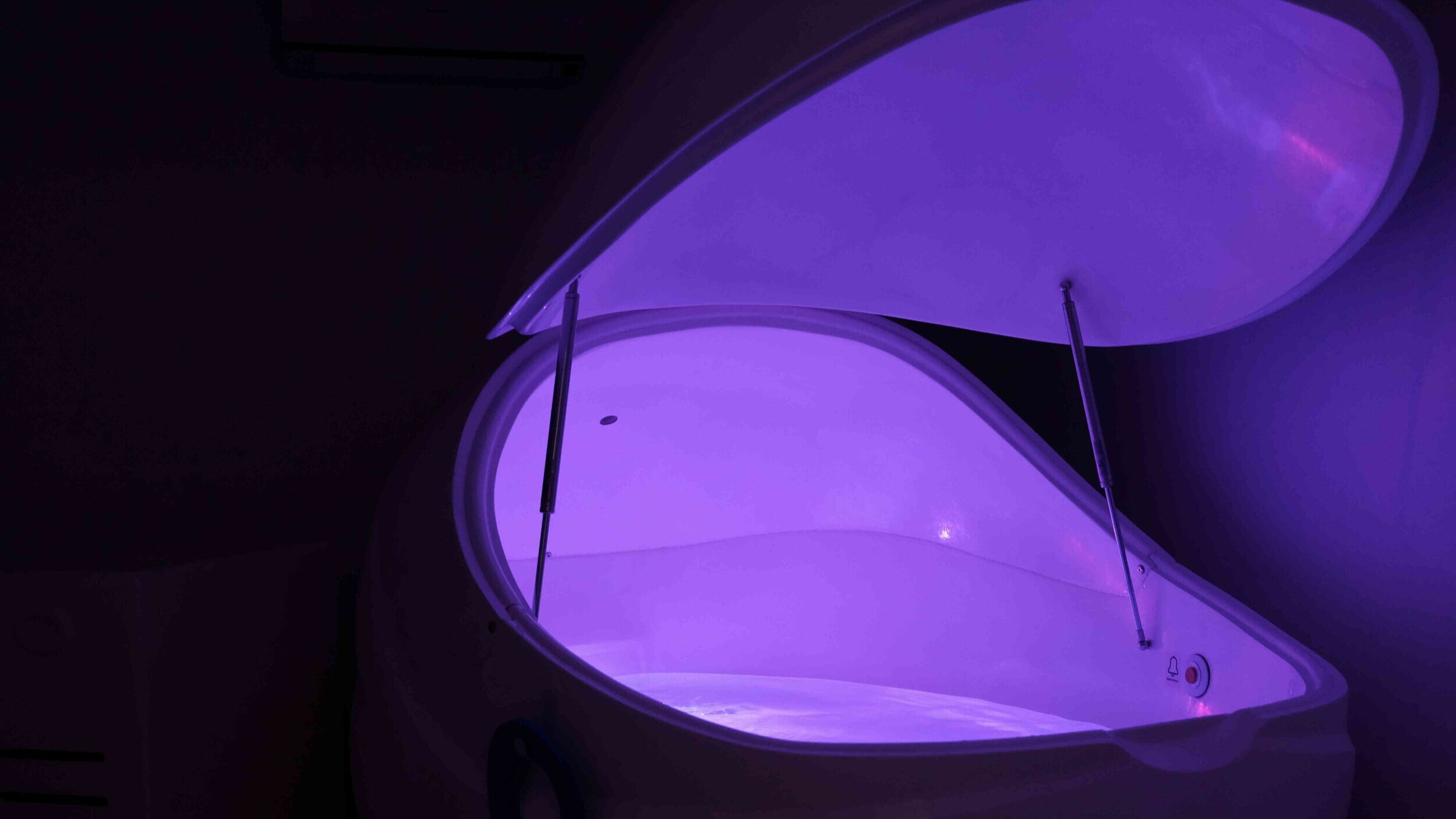Flotation Therapy and Fibromyalgia
By Kerry Forrester
As Fibromyalgia sufferers we are always on the lookout for something that could help with the vile symptoms we experience.
I first heard of flotation pods in a novel I was reading. I ‘asked Google’ what they were.
What are Flotation Pods?
Put simply, they are isolation tanks filled with a skin temperature Epson Salt and water solution that suspends your body. Once in the water you shut the lid on the pod, cutting out most external noise in the process. The darkness allows for complete sensory deprivation and deep relaxation.
I read multiple articles, testimonials and reviews about floatation and they were all quite positive. Many mentioned the beneficial ways the treatment can help those with Fibromyalgia and the plethora of symptoms suffered as a result of the condition, such as magnesium deficiencies, back and neck pain, migraines and insomnia.
I looked to see if there was a floatation centre close by. I found one about 25 minutes away that was rated great by trust pilot.
What is a Flotation Centre Like?
The flotation centre is small scale and new to the area, so I spoke to the multi-tasking owner/manager/receptionist/cleaner. He was friendly and explained the basics of the therapy and what I could expect to happen on the day. He said that many of his regular customers have Fibromyalgia and all find a reduction in their pain levels and a lot also benefit from improved sleep quality. As a previous cluster migraine sufferer himself he could testify to the power of the therapy, having not had a migraine now for four years. He floats once a week to keep them at bay.
On the day of my float, I arrived 15 minutes early as requested. I had a detailed form to fill in. It included details of my conditions and my medications. I then had my blood pressure taken. As is usual for me, it was high.
After being shown through to the private room that would be mine for the hour of the treatment. I was briefed on hygiene procedure, how to open and close the tank (this was thankfully very easy), where the inside light switch was and where the alarm button was in-case I ran into difficulty.
I showered, put my swimming costume on and put the disposable ear plugs into my ears before stepping into the pod. I sat down in the water and it immediately lifted my legs up. I pulled the lid shut and lay down. The buoyancy of the water took me into a float position effortlessly. Once I felt ok, I turned off the light.
I had no perception of time but after what I imagined was about 10 minutes, I was starting to feel like a steamed pudding, so I cracked the lid of the pod open a couple of inches to cool the air above me.
Initially, I seemed to be hyperaware instead of desensitised to my surroundings but I drifted off and the next thing I knew, I was being awakened from a very peculiar dream by the water pump causing the water to swoosh around me and the lights in the both the pod and the room coming on.
What Were the Results?
After re-orientating myself, I climbed out of the pod, showered, dressed and made my way out to the relaxation area to have my blood pressure taken again. I was surprised and pleased to learn that it had come down by 15%.
One the way home, I felt a strange combination of tired and alert; apparently this isn’t an unusual post-float feeling. I also felt optimistic of a good night’s sleep and of feeling energised the next day.
Unfortunately, a few hours after my session I began to feel my pain flare. I took my pain meds and went to bed. I hoped the bodily fatigue would help me to sleep and that I would feel better by morning. However, the severity of the pain kept me awake. I had a very long and unpleasant night.
I spent a week in a flare of fatigue, pain and migraines. Not what I was hoping for at all.
Some might suggest perseverance but due to the after-effects I experienced, I don’t think I’ll try floatation therapy again. However, I would still recommend it to anyone looking for something that might help with their Fibromyalgia symptoms.
Just because it didn’t work for me, it doesn’t mean that it won’t work for you. There are a lot of success stories out there.

